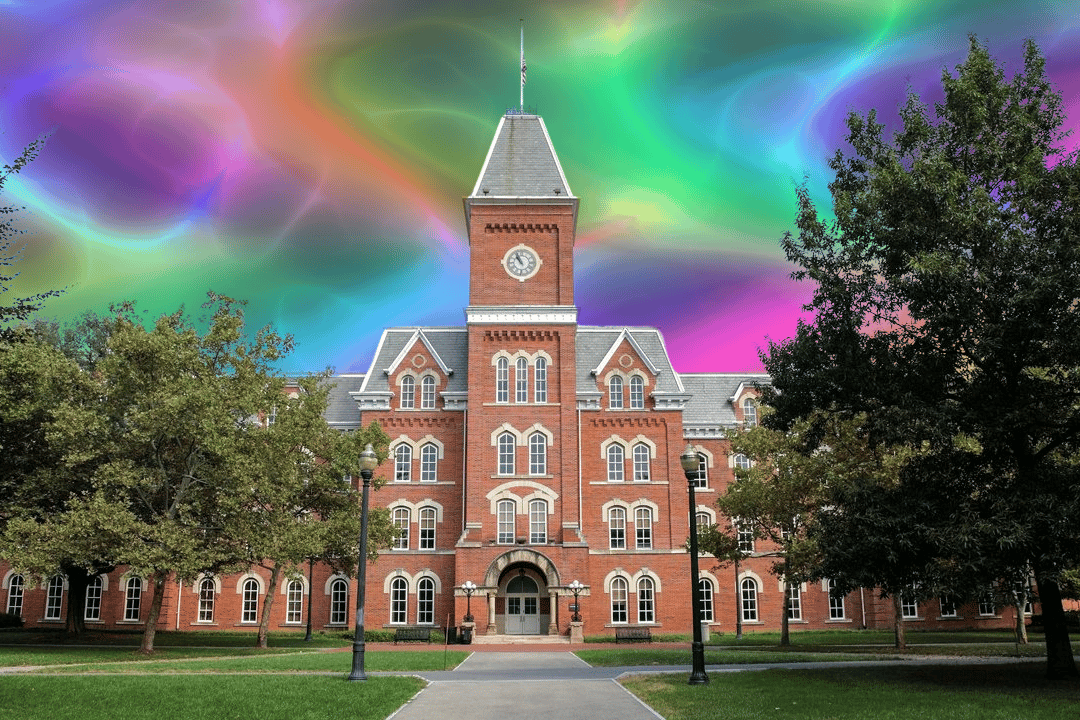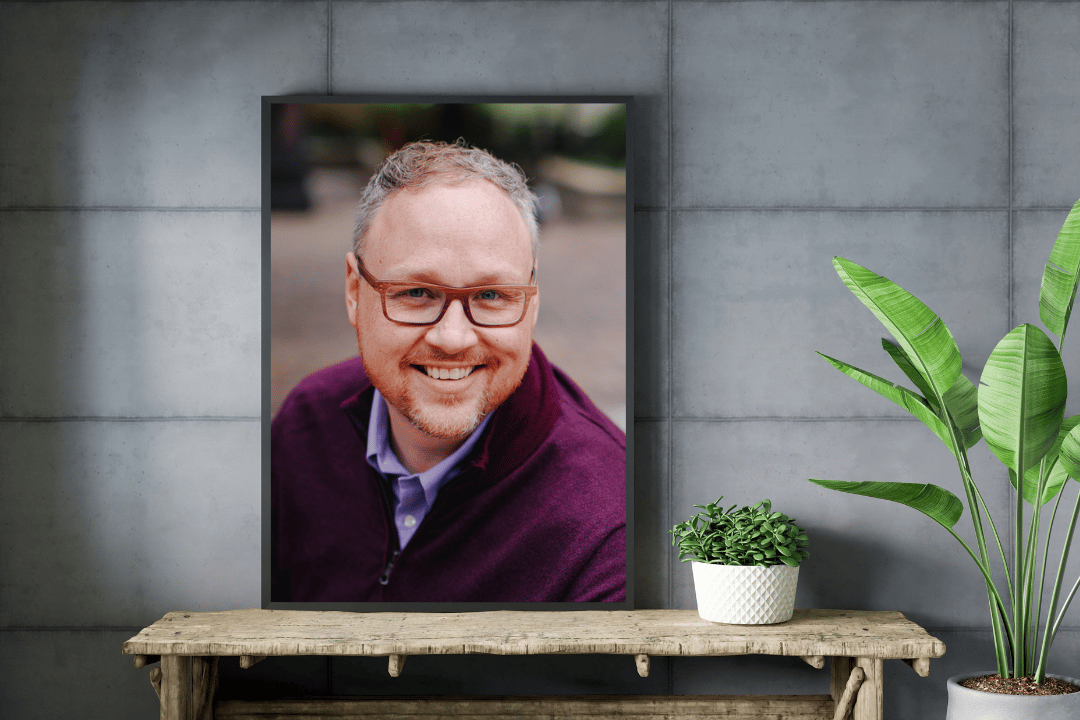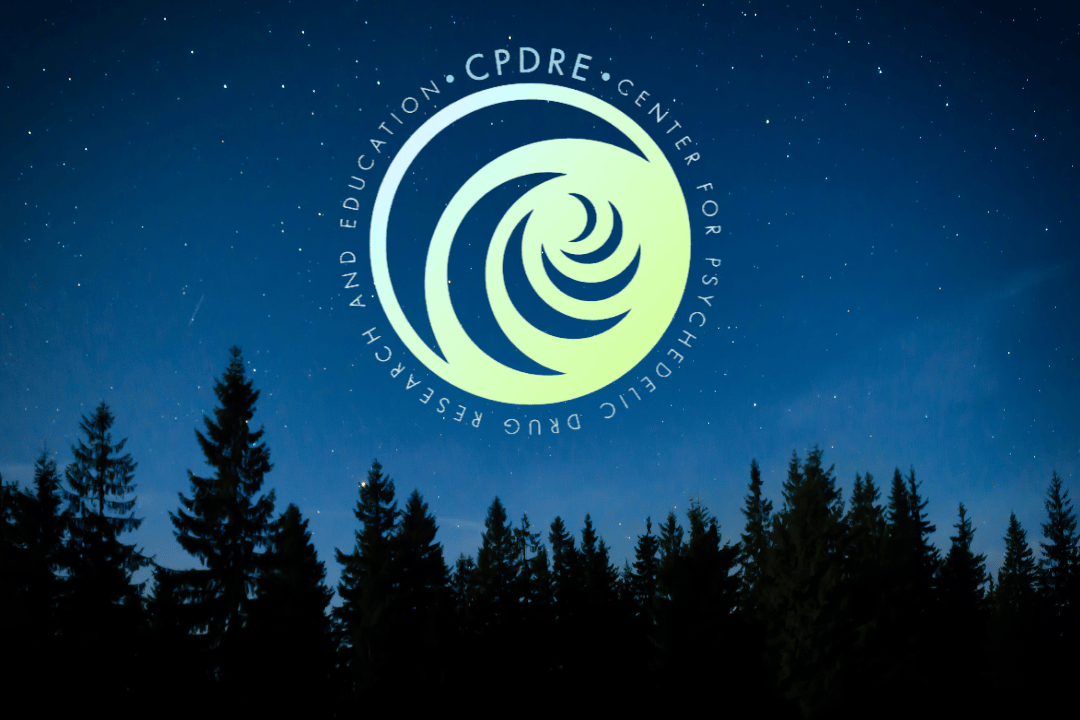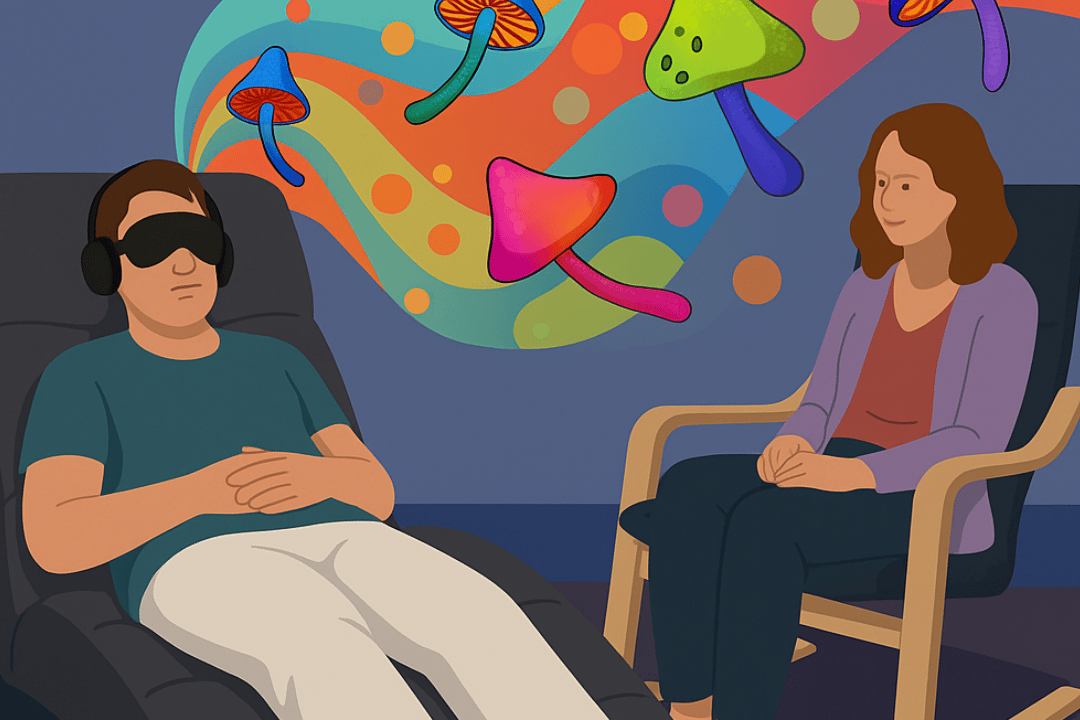- Psychedelics Uncensored
- Posts
- Major Universities Are Going Psychedelic
Major Universities Are Going Psychedelic
Ohio State’s research center shows where psychedelic science is heading.

Academia Is Finally Catching On

Psychedelic research is picking up traction in mainstream academia. And it’s about damn time.
You’ve known about Johns Hopkins University and the Center for Psychedelic & Consciousness Research.
Both NYU and UC Berkeley have made major waves in the pool of research over previous years.
Even UCSF recently released findings on psilocybin’s potential for Parkinson’s — a study that’s quickly gaining national attention.
But they’re not the only ones. Other major universities have joined the movement with programs of their own. Just to name a few…
And then there’s THE Ohio State University.
Sure — you may resent them for bulldozing their way through the first-ever 12-team college football playoff and walking off with the National Championship a few months ago.
But while the country’s been watching the parades in Columbus, a different kind of program continues to gain ground — not with hype, but with substance. Literally.
The Center for Psychedelic Drug Research and Education is carving out a new path — one that blends science and story, research and reality, and a broader vision of what psychedelic healing can actually look like.
And the person leading it — Dr. Alan Davis — has been shaping the future of this field for years.
They’re a scientist. A clinician. A teacher. Mentored by the late Dr. Roland Griffiths, the pioneering Johns Hopkins researcher behind many of the most important psilocybin studies to date. And above all, Dr. Davis is truly a kind soul who wants to better understand why these substances help people heal in ways traditional medicine hasn’t been able to replicate.
So I called them. And I asked the questions most people aren’t asking.
What’s really happening inside these university programs?
How did a school like Ohio State — deep in the Midwest — end up at the forefront of this work?
And what would be possible if the red tape vanished?

From The Top

Dr. Alan Davis is the Associate Professor and Director of CPDRE at the College of Social Work at The Ohio State University.
Before they ever led a research lab, Dr. Davis worked nights and weekends helping people in recovery. They weren’t a clinician yet — more of a support figure. But what they saw there stayed with them.
People struggling with trauma, addiction, and depression. People who desperately wanted to get better. And systems that were failing them.
“I remember seeing someone relapse and get kicked out of treatment,” Dr. Davis said. “And I thought, isn’t that why they’re here? Why are we punishing people for needing help?”
That question drove them into graduate school. And that same question kept resurfacing — even as they trained in “gold standard” treatments at respected institutions. The results weren’t matching the rhetoric. And when the treatments didn’t work, the blame still fell on the patient.
So they started looking elsewhere.
That path eventually led them to Johns Hopkins, where they trained under Dr. Roland Griffiths — a scientist whose work reshaped how the modern world understands psychedelics.
“At Hopkins, I learned how to do this work ethically, rigorously, and with respect for the experience. That foundation shaped everything I’ve done since.”
But it was a conversation at the Baltimore VA — not a classroom or research lab — that sealed it.
Toward the end of their clinical training, Dr. Davis worked closely with a veteran struggling with PTSD. They had built a strong connection over time, but the treatments weren’t helping.
“I remember he looked at me during a session and said, ‘I don’t think this is working. And I don’t know what to do.’ That hit me hard. I didn’t have anything else to offer him — and I knew that wasn’t good enough.”
That moment made the direction clear.
“If I want to be of real help to people in pain, this is the work I have to do.”
So when Ohio State came calling in 2018, they saw the opening.

Clearing the Hurdles

Launching a psychedelic research center in a state like Ohio meant navigating layers of resistance — not just from federal and state regulators, but from within the university itself.
Even with support from leadership, it took more than a year of internal conversations to build understanding, address concerns, and get the green light to move forward.
“They weren’t dismissive — they just didn’t know,” Dr. Davis said. “Most people had no idea how far the research had come. So I had to walk them through it. Show them the studies. Explain how we do this safely.”
Eventually, the approvals came through.
The Center for Psychedelic Drug Research and Education became official — and the first clinical trial was underway.
They knew exactly where to start: a study on veterans living with PTSD.
“It was both personally meaningful and strategically smart,” they told me. “There’s bipartisan support for veterans, and no one questions the need. We didn’t have to justify the problem — we could focus on solutions.”
That initial study laid the foundation for everything that followed. It helped the team build infrastructure, earn credibility, and demonstrate what was possible within the university framework.
Today, CPDRE is running or collaborating on trials for:
Major depressive disorder
Fibromyalgia
Co-occurring alcohol misuse and depression
PTSD
End-of-life care (in partnership with the James Cancer Center)

Research Beyond the Clinic
Since launching the Center, Dr. Davis and their team have prioritized one thing above all: making sure the research reflects reality.
While clinical trials are essential for FDA approval, CPDRE is just as focused on what’s happening outside the lab — where most people encounter psychedelics.
“If we’re going to build a model of psychedelic care that reflects reality, we have to study the full spectrum,” Dr. Davis said. “That includes ceremonial use, spiritual use, and informal therapeutic use.”
That focus has led the center to conduct surveys on marginalized communities, examine barriers to access, and build new models of care.
But CPDRE isn’t just studying psychedelic experiences — they’re preparing people to support them.

The Next Generation

In 2021, CPDRE launched what was believed to be the first undergraduate psychedelic studies course at a major U.S. university. Led by Brian Pace, the class covers history, neuroscience, ethics, and policy. It’s now offered every semester — and consistently reaches capacity.
And they’re not stopping there.
Over the next two years, CPDRE plans to roll out:
🎓 A psychedelic studies minor
🧾 A certificate program open to the general public (launching this summer)
📚 New coursework for graduate students and health professionals
Most psychedelic training programs today are expensive, exclusive, and only available to licensed clinicians.
“That leaves out the very people who need this education the most — families, community leaders, students, and people who are curious but cautious,” Dr. Davis said.
The center’s goal? Make the field more accessible — and far more prepared.
And if that sounds like a lot already, it’s just the groundwork for what comes next.

If Nothing Was in the Way…
Of course, most of this work lives within the bounds of what’s permitted — what gets funded, approved, reviewed, and renewed.
But I wanted to know what lives outside those boundaries.
What ideas they think about when no one’s looking.
What they’d pursue if the usual limits disappeared.
So I asked Dr. Davis:
If you had infinite funding and zero red tape — what would you do next?
They didn’t pause.
“I’d run large-scale, multi-site clinical trials on 5-MeO-DMT. It’s short-acting, potent, and scalable — which makes it one of the most promising tools for future access.”
They also see a massive need for tailored programs — not just for the general public, but for the groups that have been historically overlooked in psychedelic research: veterans, adolescents, and marginalized communities.
“We need clinical models that reflect the people who are actually suffering. And we need to build systems that support their healing, not just their symptoms.”
But perhaps their strongest emphasis was on what happens after the trip.
“Integration is where so much of the healing takes root. The experience might last a few hours, but the meaning unfolds over weeks, months, sometimes years. If we’re not helping people through that part, we’re missing the point.”
Which brings us right back to the heart of what CPDRE is doing — and where they’re going next.

Where the Future Gets Built

The psychedelic field is evolving — fast.
Incredible work is happening in places like Ohio State. In classrooms. In community surveys. In carefully designed trials that don’t just aim to prove psychedelics work, but ask how, why, and for whom.
That’s the kind of research that lasts.
That builds systems.
That serves more than just the well-resourced few.
We also see the next wave coming. Our Instagram inbox is full of messages from Gen Z — students entering college or applying to grad school who want to make psychedelics the focus of their career. They’re curious. Motivated. Hungry to learn. And they’re not waiting for permission.
The stigma is fading. The demand for real education is rising.
If we want to shape the future of healing, we need more than breakthroughs.
We need follow-through.
And right now, it’s being built — quietly and deliberately — in programs like CPDRE.
Not just for today’s headlines.
But for the patients, therapists, students, and families who will need this work in the years to come.

Here’s How You Can Help

One of the most ambitious projects CPDRE has taken on so far?
A global survey on one of the most powerful and under-studied compounds in the psychedelic space: ibogaine.
This isn’t limited to labs or retreats.
It doesn’t matter where it happened or who guided the session.
If you’ve used ibogaine for healing — addiction, PTSD, trauma, depression — your story matters.
The survey is:
• Anonymous
• Open to anyone 18+
• Designed to document outcomes, not judge them
• A chance to shape the future of research, funding, and access
“We need to stop pretending ibogaine use isn’t happening,” Dr. Davis said. “It is. And if we want to make smart decisions about safety, integration, and access — we have to start by listening.”
If you’ve used ibogaine — or know someone who has — click here to take the survey.
The World's Biggest Psychedelic Conference

Dr. Davis and the team from Ohio State’s Center for Psychedelic Drug Research and Education (CPDRE) will be in Denver this June for Psychedelic Science 2025 — stop by and thank them for their commitment to healing.
Also… it’s the largest psychedelic gathering on the planet - of course you need to be there!
Five days.
Hundreds of speakers.
Thousands of researchers, clinicians, students, therapists, and advocates — all shaping the future of this field together.
🗓️ June 16–20, 2025
📍 Colorado Convention Center | Denver, CO
🔗 psychedelicscience.org
Use promo code → PSY15 ← for 15% off registration.


✅ No one can stop you from seeing what’s delivered directly to your email.
You’re already subscribed - congratulations!
You beat the algorithm 😉
Thank you for joining us as we continue to navigate this ever-changing landscape.
P.S. Explore what they don’t want you to see - check us out on X (Twitter) and Instagram, and dive deeper into all things psychedelic on our website. 🌐✨